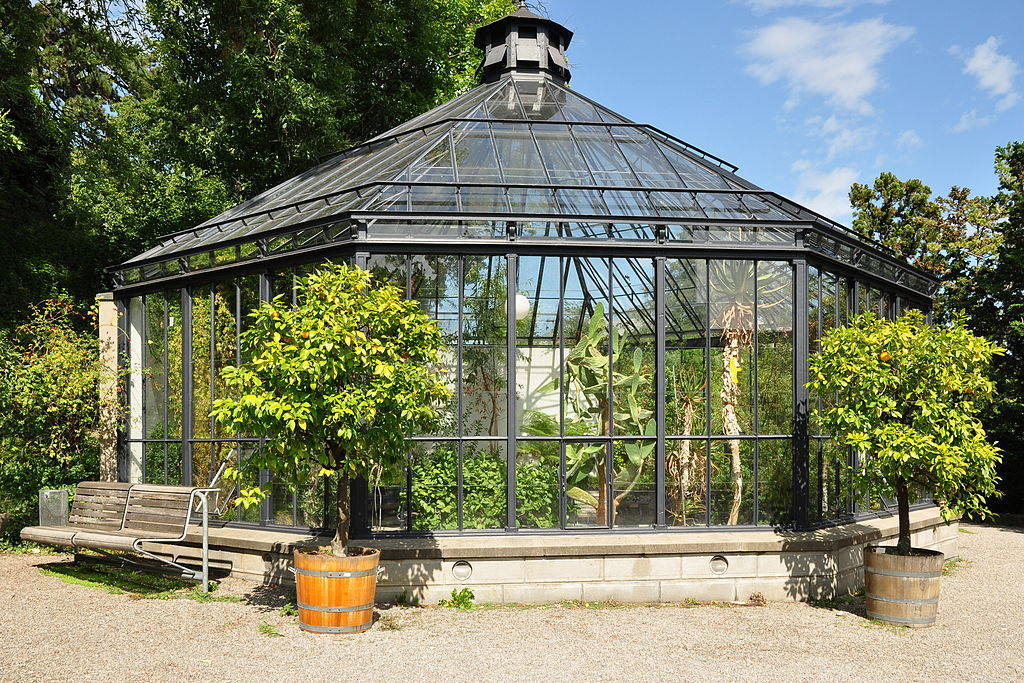Zürich, 29 December 2015
Both the big name guidebooks, Lonely Planet and Rough Guides, suggest a visit to the University of Zürich.
“See the Archaeological Collection”, they say.
“Visit the Graphics Collection”, they suggest.
“Check out the Law Library”, they advise.
Yet a university is so daunting a place to check out as a tourist, especially one beyond the traditional age of a typical university student.
Universities are designed to deliberately intimidate, to impress the observer with its intellectual hauteur and hallowed hallways of Academe.

Above: the University of Bologna, the oldest in the world, founded in 1088 –
It was a Tuesday.
So many universities are either an assemblage of architecture ancient to behold or postmodern gaudy to gaze upon.
And one encounters either Asher Roth “I Love College” types:
“That party last night was awfully crazy – I wish we taped it.
I danced my ass off and had this one girl completely naked.
Drink my beer and smoke my weed, but my good friends is all I need.
Pass out at 3, wake up at 10, go out to eat, then do it again.
Man, I love college.”
Or the other extreme of dedicated bookworms with their own reserved chairs in the library which they haunt, and, like the tomes they consume, exposure to weather is not good for them.

Both the party animals and the nerds look like vampires – uncomfortable in natural daylight.
When I consider my own academic past I did not fit well into either group.
I never liked being in situations where drugs and alcohol cause a lack of self control, for I know what lurks beneath my veneer of civilisation, but neither did I like the tendency of tedium that constant study seemed to offer.
I found so often that teachers could not excite me for their subjects nor could their recommended writers titillate my mind with their ideas drowned in heavy-handed, obtuse and obscure verbiage.
So few academics seemed to be gifted presenters.
So much formality had to be followed in the formatted essays, tests and theses, that creativity and imagination seemed like unwanted refugees seeking unwelcoming asylum.
I understood, and still understand, that, in any professional endeavour, it is important to know what has come before and what developments are happening now, but, my God, so often these pursuits seem to strangle passion and reward rigidity.
And if you are somehow able to emerge from out of the ocean of reading and assignments, you also have to ensure you have the income to support yourself during this sojourn in this land of ivory towers.
At least in much of western Europe, higher education is tuition-free, but in North America only higher income origins or heavy debt loads guarantee the chance to obtain a respectable degree – suitable for framing or wrapping around fish.
And, oh, we give such creedance to these documents, such abeyance to those with a collection of initials after or titles before their names.
Only those who have achieved fame and/or fortune in fields of entertainment are rewarded more respect.
So it came as a surprise to me that I who bore so little love for Academia would end up as a teacher!

That´s not me above.
That is retired army major Agnar Strandberg teaching math and physics at a junior college in 1960s Sweden.
But as I age, my own photos are really quite similar!
I try as a teacher to be both professional as well as enthusiastic, but I do find myself limited to the curriculum I am asked to teach and the personality of my students.
I have found I have learned more through travelling, personal experience and the serendipity of literature discovered on my own, than I ever learned at school.
I saw, and still see, the value of academic institutions, but the tendency of so many seems to be the suggestion that only these majestic monuments to learning can offer a man value.
So few seem to encourage unstructured thought and boundless creativity.
Yet I remain hopeful.
Perhaps the attention deficient disorder of today´s techno generation will force Academia to consider its methodologies.
Perhaps it will once again find a way to recapture in today´s youth a love of learning, almost forgotten in the pursuit of the Holy Grail, the almighty Degree.
I find myself this day in the University of Zürich´s Ethnographic Museum.
Frightening word that is: ethnographic.
To the average Joe, it sounds much like the study of ethnics.
And this is not so far off the mark.
Ethnography is, quite simply, the scientific study of people, achieved by living amongst them and watching how they interact with one another.
The Museum is a small building, but what it lacks in space it compensates in history and experimental exhibitions.
“In 1887 a group of like-minded scientists, industrialists and politicians proposed a museum that would act as a research and teaching institute.
The response was enthusiastic and the Museum opened in 1889.
At its heart were the private collections of several prominent Zürich citizens.
One had travelled around the world as a Russian court astronomer.
Another had served as a minister at the court of Emperor Menelik II in Ethiopia.
Artifacts were donated by the French Consul to Zürich and bolstered by various gifts made by other foreign nations.
Already upon opening, the Museum was able to display representative exhibits from Africa, Asia, the Americas, Oceania and the polar regions.
Over time the Museum received many donations from a Thai prince and various other donors.
Peter Aufschniter (1899-1973) and Heinrich Harrer (1912-2002), two Austrian mountaineers who escaped a British POW camp in north India, travelled to Lhasa in 1944 and created, and later donated to the Museum, the first accurate map of the Tibetan holy city.
In 1972 the University collection was opened to the public.
In 1979, after three relocations, the Museum moved to its present site, the forest setting of Cat Park, atop the old city walls, next to the old Botanical Gardens.
The resulting lack of space meant that the Museum´s holdings of around 30,000 objects – from Benin bronzes to Inuit sculptures – were stored in three separate depots across the City.
No attempt is made to display these objects.
Instead the Museum runs fascinating temporary exhibitions for six to twelve months, focusing on non-European human skills, religious rites and cultural traditions, in an attempt to explode long held Eurocentric ethnographic stereotyping.
Being a university research institute, with a permanent staff of experts and an ample supply of students eager to learn, means that the Museum is not tied to the whims of a fee-paying public.”
(Duncan J. D. Smith, Only in Zürich)
In fact, there are no admission fees.
This day the Museum featured Florence Weiss´ black and white photographs of New Guinean children and mola textiles from Panama.


I liked learning about stilt houses and how New Guinean tribesmen construct canoes carved to fit the hips of their respective wives, thus making each canoe custom-made and unique.
I loved seeing their children at play and at rest.
I marvelled at the intricacy and splendour of Panamian design: the bright colours, the imaginative patterns – clear evidence of love, pride, patience and skill interwoven in layers of beautiful fabric.
Outside the Museum, a bamboo forest grows and a giant stone head guards the entry.
Next door, on the former Cats Bastion, the highest point of the old Schanzengraben moats, is the Old Botanical Garden – a recreational area with an arboretum, a greenhouse (called the Palmhouse), a pavilion and an old apothecary garden (the Gessner Garden).
I needed this Garden, a break from intense tourism.
I needed its calm, its peace, its shadowy oasis from my own self-imposed hustle and bustle.
And the Gessner Garden – named after the doctor, natural scientist and apothecary Conrad Gessner (1709 – 1790) – quietly impresses.
The Gessner Garden shows 50 medicinal plants – herbs and shrubs – used by 16th century healers, each with a citation from a healer of that period – herbs which for centuries have been healing illness or have helped against infirmity.
Problems with blood flow?
Try blood root.
Liver or gall bladder acting up?
Have some milk thistle.
It burns when you pee?
The common juniper shrub to the rescue.
Upset tummy?
Wormwood may just be what the apothecary suggests.
As a doctor´s husband, I can´t help but smile at this wee garden, this isolated patch of medicinal history.
It has been an exhausting day and I am eager to join my wife for dinner.
Tomorrow, I will explore more of the University, more of the City.
There is still so much more to learn.






